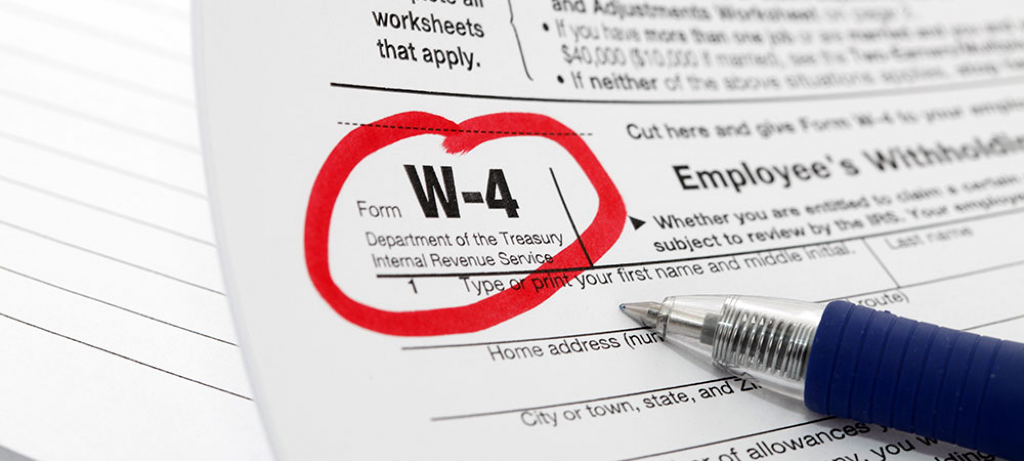How Payroll Withholding Helps and Affects Your Pay

- Payroll withholding is when a portion of your income is not included in your take-home pay.
- The money taken out of your paycheck is directed towards paying federal, state, or local tax authorities.
- By law, employers must have a payroll withholding system in place to ensure employees are paying their fair share of taxes.
Payroll withholding is when a portion of your income is not included in your take-home pay. Instead, the money taken out of your paycheck is directed towards paying federal, state, or local tax authorities. Payroll withholding also reduces the amount of tax money that you, as an employee, must pay at the end of the year when filing your annual tax returns.
By law, employers must have a system where payroll withholding is set up because the IRS wants to ensure that every employee pays at least a portion of their taxes. Payroll withholding also provides the employees with an easy way to pay their tax bills while also ensuring they do not evade their tax bills.
How does a Form W-4 work?
Whenever a person starts a new job, one of the forms a new employee must fill out is Form W-4. The IRS uses this form to determine how much money must be withheld from each paycheck the employee receives. The document comes with a questionnaire in which the newly hired employee must answer truthfully.
The questionnaire covers important and personal information that includes marital status, how many jobs a person has, and how much they make at the other job if they have one. Additionally, on your W-4 form, you can claim 0-3 allowances for yourself and any dependents. The more allowances you claim, the less tax will be withheld from your paychecks because more individuals, such as your children, are dependant on your income, which lowers your tax bill. Meanwhile, the fewer allowances you claim, the more tax will be withheld from your paychecks, possibly resulting in a refund when filing taxes at the end of the year. After answering all the required questions on the W-4 Form, the employer will then fill out the rest of the form and submit it to the IRS.
Recommended Read: Here’s a quick article to help you learn about paycheck deductions.
Your original claim of allowances is not permanent. Any changes in the employee’s life, such as a new dependent, will require an update to the W-4 form.
There are some instances where the amount of money withheld is inaccurate. For example, if it is determined that the amount of money withheld is excessive at the end of the year, the employee will receive a tax refund. On the other hand, if it is determined that the employee paid fewer taxes than they are supposed to, they are subject to fines and interest on the outstanding amount of taxes they need to pay.
What is the difference between state and federal payroll withholding?
Federal payroll withholding is the money held from each paycheck an employee receives that goes directly to the federal government. The W-4 form determines the amount of money withheld, how much additional income the employee wishes to withhold, and the number of dependents, along with other reasons. Furthermore, from the amount withheld, 6.2% is withheld for Social Security and 1.45% for Medicare, and the employer must match these amounts.
State payroll withholding is the amount of money withheld from the employee and given to the state. In some instances, a person may have their wages withheld in multiple states if they are working remotely and they spend most of their time traveling between two different states. Some states do not require state withholding, allowing the employee to keep more of their paycheck. Other states have mandated state withholding, causing the employee to receive less money when getting paid.